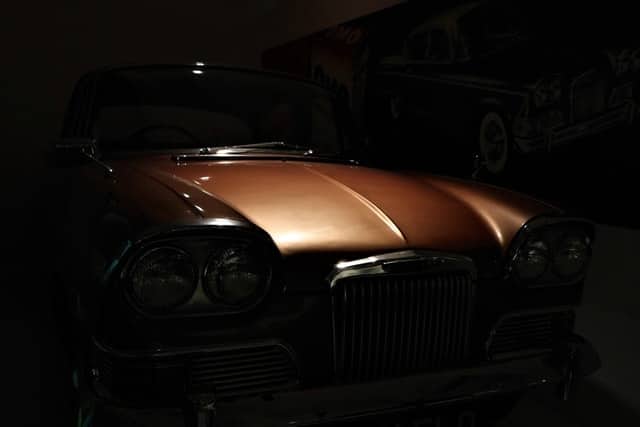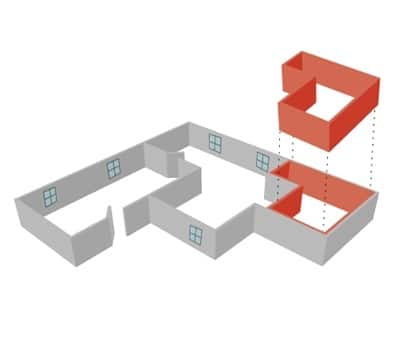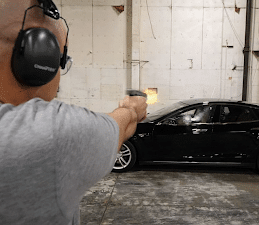Since cars are huge investments, no car-owner wants to see their cars getting damages. However, scratches, dents, and other damages are bound to happen. This can be traffic-related or your own fault. Still, some of these are simply accidents that are way beyond your control.
If the car’s damage is too severe, the best solution is to take it to a repair shop. This way, you’ll rest assured that your car will return to its normal condition. On the other hand, if your car only experiences minor damages, you may perform a DIY, saving you a lot of money, provided that you have the necessary skills for it.
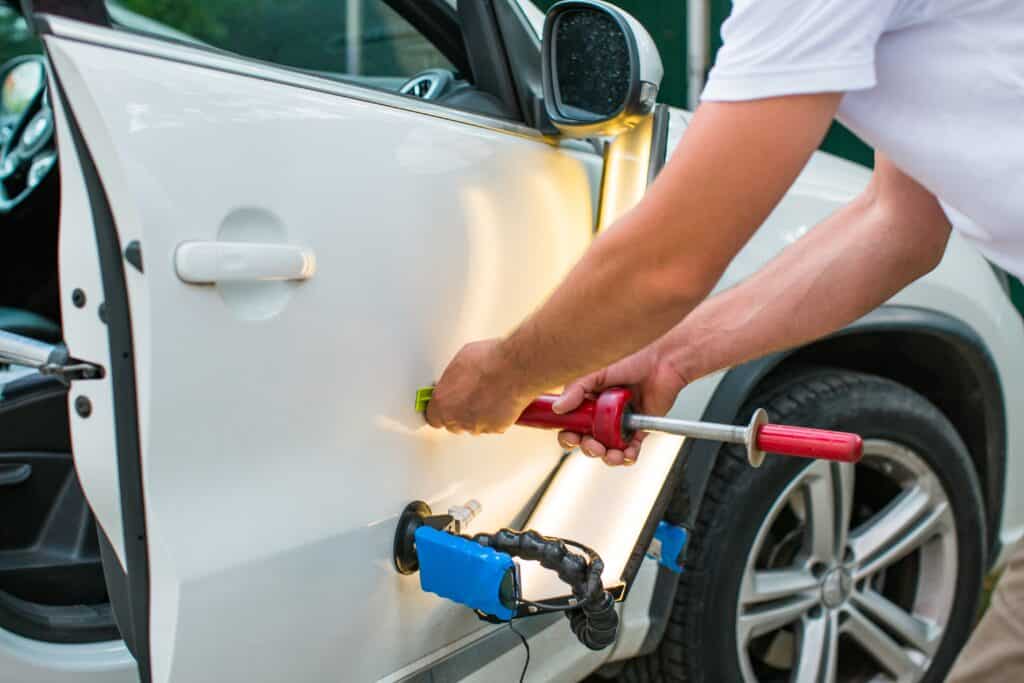
Fortunately, most of the DIY repair process is cheap and beginner-friendly. Still, before you proceed with your DIY car repair, it’s imperative to properly identify the different types of minor car damages. By doing this, you can properly apply the right repair process and use the right tools. Here’s a list of minor damages:
- Dents: A dent refers to the larger and more extensive indentation on your car’s frame or body. Dents are very common in collisions and it usually comes with paint damage. Also, projectiles such as stones or hails may cause dents to your car.
Dents can be easily fixed at home, but if you don’t have the time nor the skills to perform the task, it’s best if you leave the job to the professionals, such as udentifix.com.
- Scratches: This damage usually occurs when there’s hard contact between two vehicles or surfaces, such as bush thorns, branches, or sharp items. Scratches are usually linear and small in nature.
- Weather-caused damage: There are different ways on how the weather may cause damage to your car. This can be snow, sand, salt, and even the intense heat of the sun. Oftentimes, the first casualty of this type of damage is your car’s paint. Nonetheless, it may still affect other components.
- Cracks: Heavy impacts, such as from collisions or projectiles, may cause cracks. This can be usually found on your windshield, mirrors, grille, and bumpers.
Tips To Repair Minor Damages
After familiarizing the different and common types of minor damages, let’s proceed with how to repair them at home
1. Repairing Dents With Suction Cups
Suction cups are a very popular DIY repair tool. All you need to do is moisten the dented area of the car. Doing so will ensure that the suction cup holds strongly enough, which is necessary for you to be able to pull it.
2. Repairing Dents With A Hairdryer
With this DIY repair, you need a hairdryer, industrial gloves, dry ice, aluminum foil, and a can of compressed air. The goal here is to soften up the dent by heating it up with the hairdryer. Doing so will easily pop it back up to its original shape.

When heating the dent, stand six inches away from the car’s surface to prevent the paint from melting. As a tip, use industrial gloves to prevent yourself from getting burned. The dry ice and the can of compressed air are used to cool down the dented area.
3. Covering Scratches With Fillers or Touch-up Paints
If your car has scratches, you may need a new paint job to cover the surface. If the scratch is deep enough to bare the primer beneath the surface, you need to use a filler. To do this, you must use multiple coats of scratch fillers or your preferred touch-up paints.
Once the filler or paint is dried, you have to carefully and smoothly sand it by using the 400-grit sandpaper as a start. Work your way up to the 800-grit sandpaper for a smoother finish. Once you’re done sanding, smooth it out with wax until it’s shiny.
To prevent yourself from tiring out and getting any scratches, get a cover for outdoor use.
4. Removing Cracks With Windshield Repair Kit
Minor cracks or chips can be easily fixed in your home. Just buy a windshield repair kit, which is widely available in car specialty shops or online.
Usually, repair kits come with a suction cup stabilizer, a razor blade, resin liquid, and a cleaning cloth.
Step 1: Clean the cracked area with the cleaning cloth to prevent debris from inserting in between the cracks.
Step 2: Use the razor blade to evenly spread the resin liquid on the cracked area. The resin applied will constrain the crack and cover it from debris.
Step 3: Once you successfully applied the resin, use the suction cup stabilizer to firmly hold the cracked area until the resin dries up.
Step 4: Wait for the resin to completely dry and check for any remaining visible cracks. Repeat the process until the small cracks are gone.
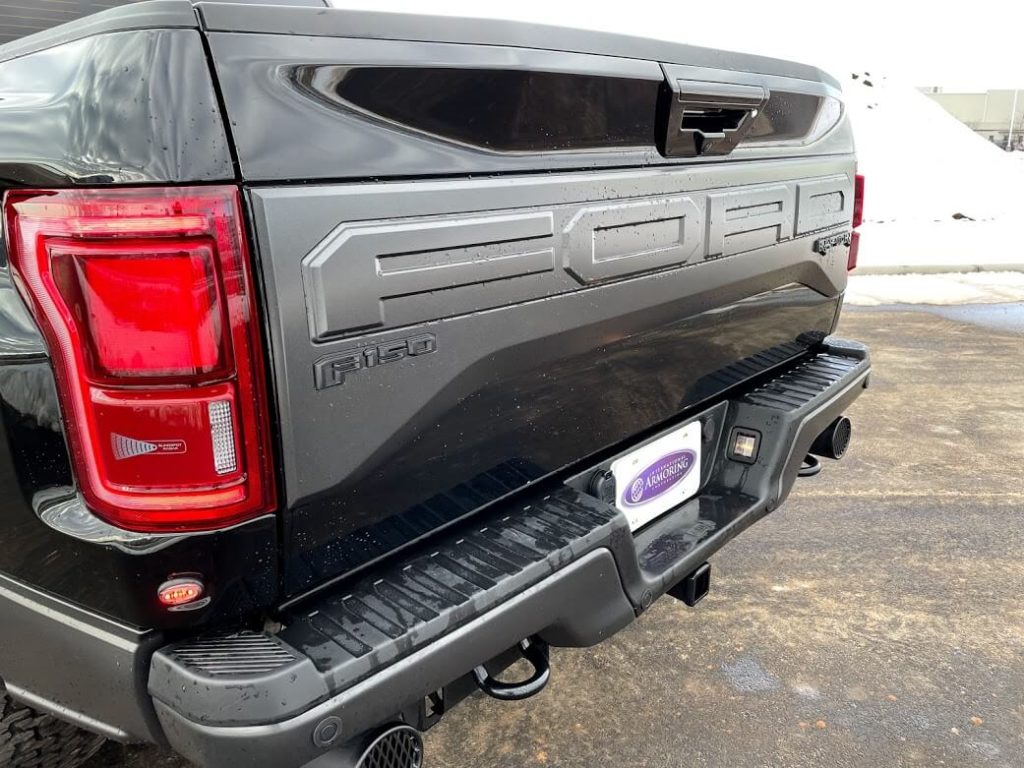
5. Repairing Broken Lights With A Sealant
Sealants are affordable and widely available in car shops, which is more practical than buying a brand-new lens.
Step 1: To fix a broken headlight or taillight, begin by cleaning the damaged area from debris with water, soap, and sponge.
Step 2: After cleaning the damaged area thoroughly, dry it up, and then apply a dab of car polish. This is to make sure that the sealant will completely stick to the surface.
Step 3: When applying the sealant, make sure you apply a thin strip of it on the damaged or cracked area. Make sure your car is parked inside a garage to prevent the sealant from getting wet from the rain.
Step 4: Leave it overnight to dry up completely. Once it’s dried up, repeat the entire process until the cracked or damaged area is less visible.

Conclusion
Driving safely and responsibly will significantly minimize the chances of getting in an accident. In addition to driving responsibly, you may also avoid any damage, both minor and major, if you decide to invest in car protection accessories.
With this article, when times get rough, you’re now more equipped and knowledgeable to deal with any of the minor problems presented above. Now that you’ve learned simple, but effective tips to deal with minor car damages, fixing them may now be a walk in the park.
